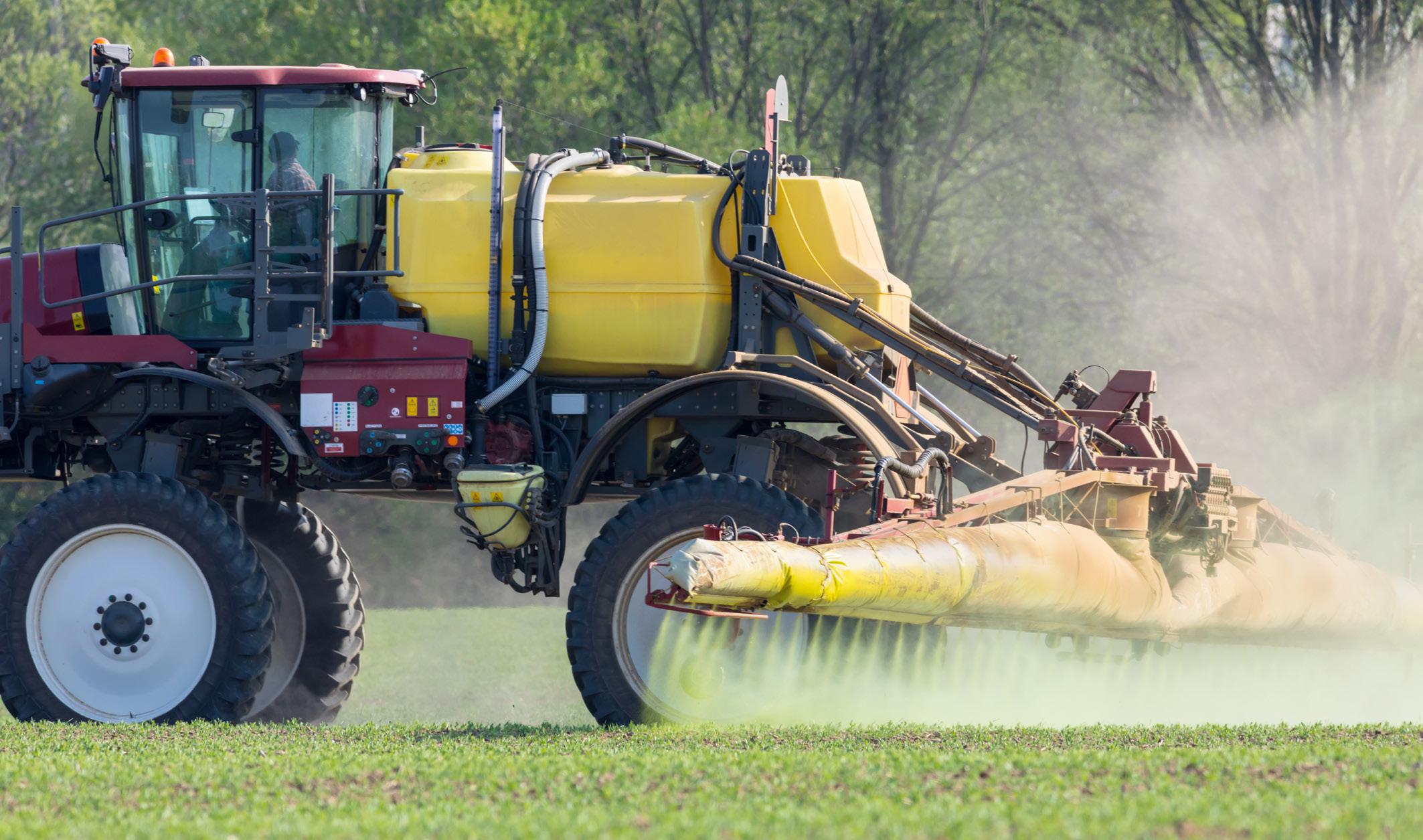
5 minute read
SANJIV LAL
MD & CEO, RALLIS INDIA LIMITED
Advertisement
Infrastructure investment and adoption of technology can make India “Aatmanirbhar” and emerge as an important player in the global agriculture value chain
challenges and opportunities ahead of this sector and these can be resolved or leveraged only with the collaboration of the industry, farmers and government policymakers.
Challenges
Agriculture is a high priority sector in terms of meeting the national demand and sustenance of farmers. Major roadblocks to the growth of agriculture in India are the deficiency of investments in infrastructure, food processing, implementation and adoption of modern technology. The recent announcements in the Union Budget where Rs. 11,588 crores have been allocated to Pradhan Mantri Gram Sinchai Yojana will benefit the farming community enormously. Some of the key challenges in the downstream agriculture value chain are losses in the food chain, scarcity of resources and multiple intermediaries, and lack of transparency and traceability. Every year, 20-30 per cent of food produced by farmers, worth about Rs. 45,000 crores are damaged by pests and crop diseases in India. Pre-harvest losses can be addressed through the adoption of appropriate crop protection and seed technologies. This will also help in increasing the quality of farm produce
The world in the recent past has not witnessed a cri- which will fetch more income to farmsis as disruptive and widespread as the COVID-19 ers. pandemic. While no sector has remained immune Food safety is an area of major conto the impact of the pandemic, one sector that has cern for farmers. They need to be aware been an exception is the agriculture sector. of the potential for contamination as
Agriculture contributes 17 per cent to India’s GDP they work in the fields and as and more than 60 per cent of rural households food is transported from in the country depend on the agriculture sec- “Adoption one place to the next. Antor and allied activities. Enhancing the alloca- of digital other invisible challenge tion to the Rural Infrastructure Development technologies like AI that impacts the sector Fund to Rs. 40,000 crores and the recent pro- and agricultural robots most is the unforeseen posal to double the Micro Irrigation Fund cor- will further accelerate environmental crisis. pus by another Rs. 5,000 crores in the Union the growth and attract Poor knowledge and inBudget 2021 will provide a major boost to the educated workforce adequate infrastructure sector. to the sector” further add to the crop
The government has set the food grain pro- wastage and sometimes reduction target at 298.3 million tonnes for the 2020- sulting in the poor quality of 21 crop year, up 2 per cent from the record output achieved produce. This year we also witnessed loin the current year. To achieve this target there are multiple cust attacks that were not heard of in the


last decade. It is important to mitigate the impact of the pandemic and tackle short-term issues even as the industry
keeps working towards doubling farmer income over the medium to long term.
Opportunities
The agriculture sector has a high correlation to the non-agriculture segment that drives demand for other sectors including retail, FMCG, and E-commerce among others, which are dependent on the agriculture sector for inputs. There is enormous scope to improve yield, to support this initiative. In the last half-
decade, the government has launched forward-looking policies and initiatives that aim at doubling the income of farmers by 2022.
The ambitious Jal Jeevan Mission announced by the government will play a crucial role in addressing the water irrigation challenges. To add to that the National River Conservation Plan will aid the farmers in access to water facilities for their crop and livestock. Another important initiative is the Rural Infrastructure Fund will create more platforms for this segment.
On the investment side, the Government of India plans to attract new investment in the rural agriculture sector and enable the formation of 10,000 new Farmer Producer Organizations. India is blessed with a diversified agro-climatic condition which helps us in growing almost all types of agriculture produce indigenously for meeting the diversified culinary preference of domestic consumers. With appropriate investment in infrastructure and adoption of technology, we can make India even more Aatmanirbhar (self-sufficient), and emerge as an important player in the global agriculture value chain.
Adoption of digital technologies like AI and agricultural robots will further accelerate the growth and attract an educated workforce to the sector. Currently, it is only rural India that is inclined towards farming and related occupations

but the younger generation needs to invest in technologies and adapt to newer ways of farming to achieve the desired qualitative and quantitative yield.
Policy Intervention
As per the Government of India, postharvest wastage represents 16 per cent in fruits and vegetables and 10 per cent in cereals, pulses and oilseed. Major reasons for these wastages are lack of quality storage, food processing facilities and appropriate transportation. Because of certain regulations and market practices, private sector participation was limited in the direct procurement of agriculture produce. In the current Union Budget, the government is focused to support the sector with cutting-edge resolve and also elevate the infrastructural assets of rural India. These reforms will help the sector and the farming community together to progress.
Another area we need to look at is how information can be used to change the current model of “selling what we produce” to “produce what is needed”. This is very important in short cycle perishable agro produce where appropriate adoption of seed and production technology can off-set dependence on production seasonality. This can overcome adverse price volatility impacts of farmers as well as customers and provide stability across the value chain.
Way forward
Agriculture remains a central pillar of the Indian economy. The sector serves the food consumption needs of the whole country, while also placing it among the top exporters of agricultural produce in the world. It offers extensive potential for industry participation which will not only provide the industry with opportunities for innovation but also modernization and growth with a public-private partnership.
Science and technology will shape the advancement of the industry. Continuous investment in innovation and R&D will drive agricultural productivity and yield enhancement and offer an entire suite of agri-inputs to the farmer community. The success of the agricultural sector will also create opportunities for the agrochemicals industry to provide inputs for crop nutrition and crop protection through innovative products.
The agriculture industry needs a transformation, from being a traditional business to an agile and dynamic industry, which not only accelerates farmer prosperity but also ensures economic stability and addresses concerns about about sustainability.
Leaders in











